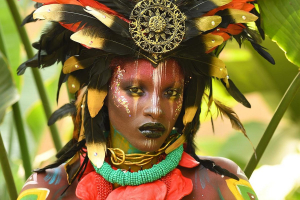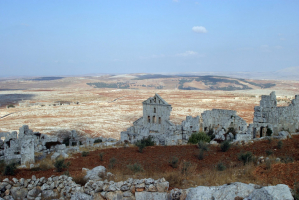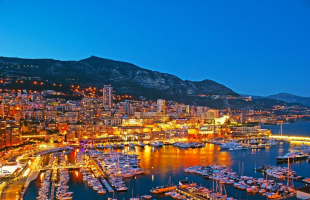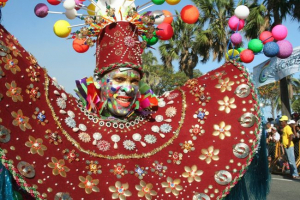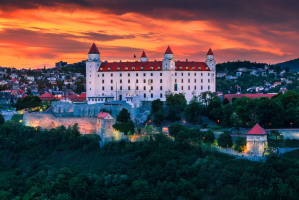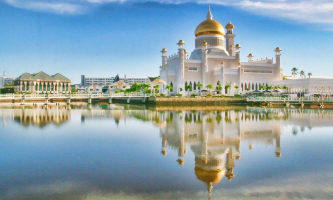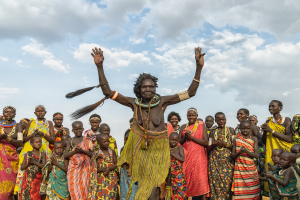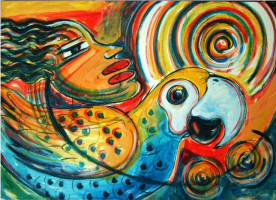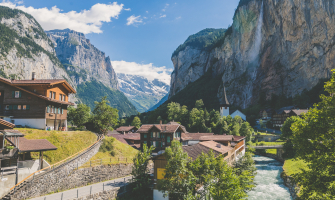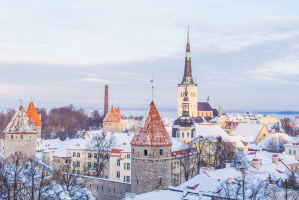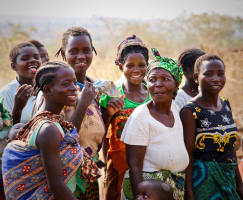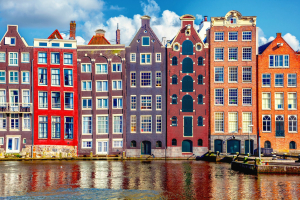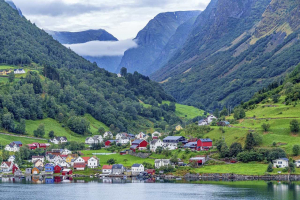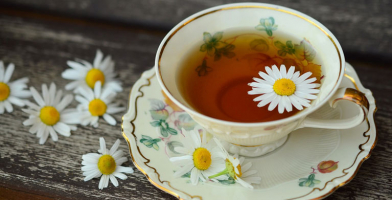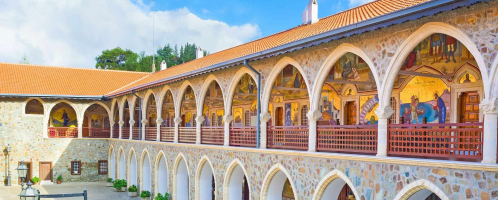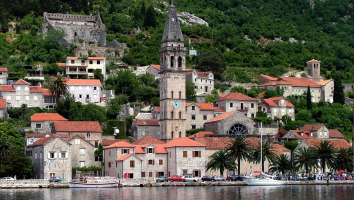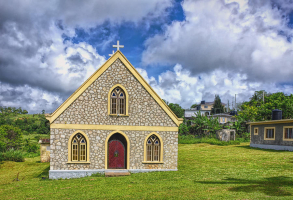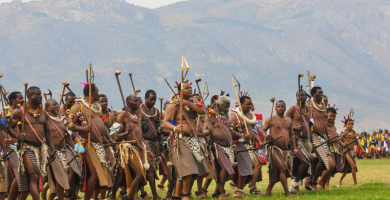Top 10 Tanzanian Culture, Customs, and Etiquette
Tanzania, a country in eastern Africa, is well known for having a plethora of natural resources. It is also among the regions with the widest cultural ... read more...diversity on the continent. Over 120 tribes call the country home, and together, their cultures make up the national culture. Here are some things to know about the Tanzanian Culture, Customs, and Etiquette.
-
Tanzanians speak more than 120 languages, the majority of which are Bantu-based. After gaining independence, the government realized that this posed a challenge to maintaining national unity and designated Swahili as the official language. To increase its use, the government implemented it in all primary schools. Kiswahili was the obvious choice because it was widely spoken informally along the coast and because it did not originate from or belong to any specific tribe, making it the ideal language to aid in national unification.
English is widely understood because the vast majority of people have adopted Kiswahili and speak it well nowadays. Due to this linguistic circumstance, a large number of the 120 tribal languages are gradually dying out with each new generation. On the other side, Kiswahili has developed into a global tongue that is widely spoken across many borders. One of the top 10 world languages is Kiswahili. Kenya, Uganda, the DRC Congo, Zambia, Malawi, and Mozambique are just a few countries that now use it in addition to Tanzania.
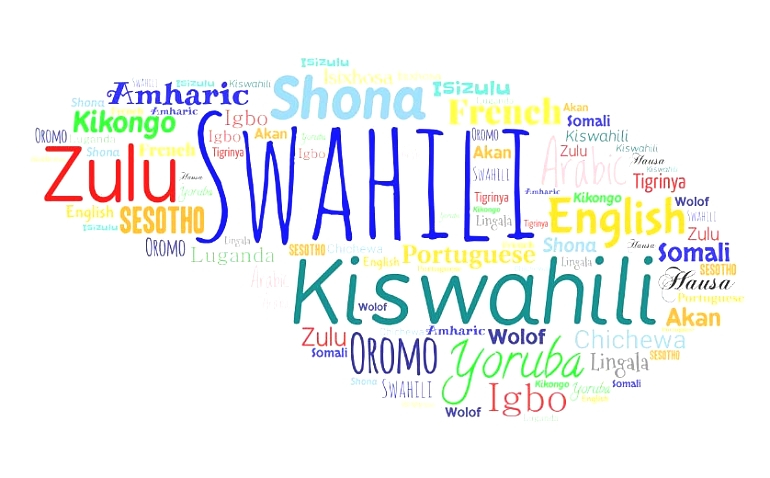
tzembassy.go.tz 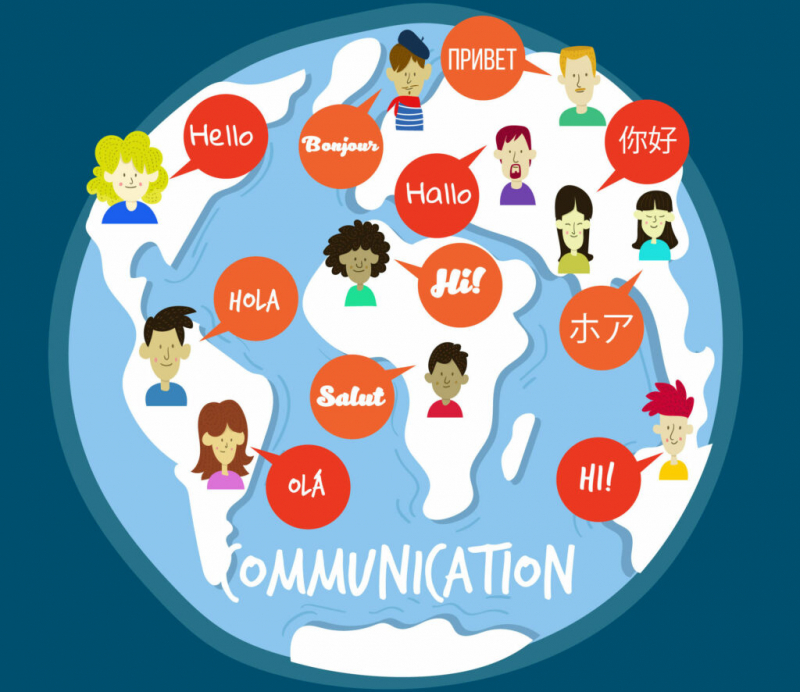
gurmentor.com -
Tanzania's music business has developed over the years. Due to Tanzania's blending of diverse cultures, local music is evolving into new music that combines old, new, and foreign sounds and rhythms. The top musicians in Eastern Africa come from Tanzania. Remy Ongala, Dionys Mbilinyi, Sabinus Komba, Siti Binti Saad, Bi Kidude, Saida Karoli, and many other great artists are among them. You also have young, energetic performers like Rose Mhando, Judith Daines Wambura Mbibo, and Imani Sanga, among many others. They blend locally produced music with foreign sounds, creating a variety of intriguing musical textures.
Zouk, Ngoma, Taarab, and Ndombolo are examples of traditional Tanzanian music. To generate distinctive sounds known as Mindo, Sikinde, Modern Taarab, Bongo flavor, African hip hop, Bolingo, and Reggae, some of these traditional music genres have been integrated with exported music. Ngoma, marimba, coconut shell fiddles, Filimbi (wooden or bone whistles), and traditional trumpets made of ivory or bull/buffalo horns are examples of traditional musical instruments.
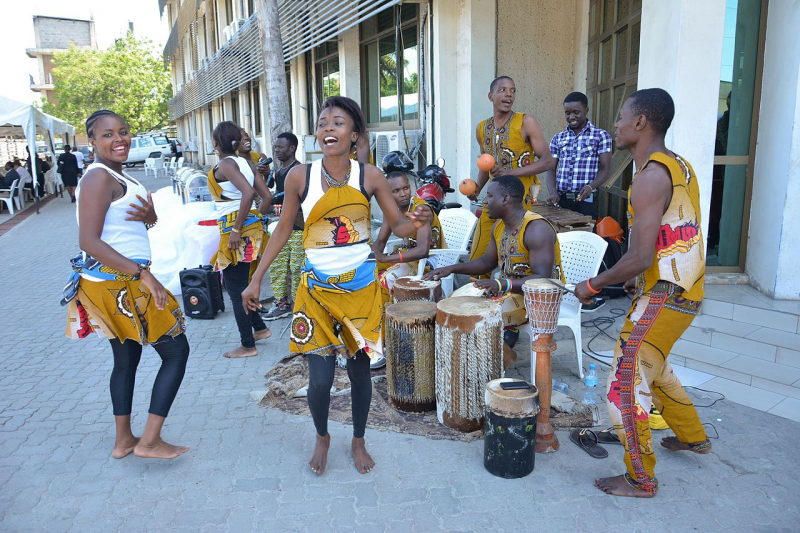
wikipedia.org 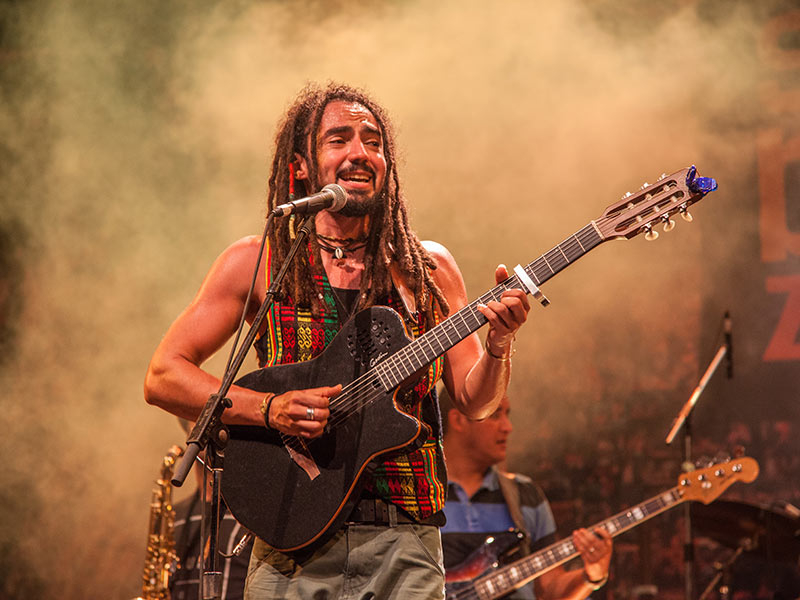
mytribex.co -
Religion is also one of the Tanzanian culture, customs, and etiquette that you should know before traveling to Tanzania. Tanzania has two main religious communities: Muslims and Christians. More than 50% of Tanzanians identify as Christians, making it the most popular religion. Tanzanians typically identify as either Muslims or Christians, while many still adhere to traditional religions. There are various minority groups in the nation, including Traditional Africanists, Buddhists, and Hindus.
The freedom of religion is guaranteed by the Tanzanian constitution. The harmonious coexistence of various religious groups has been made possible by this provision. Christmas, Easter, Idd-ul-Fitr, and the birthday of Prophet Mohammed are all celebrated with equal importance in Tanzania. Tanzania's various religious communities were instrumental in forming the country's culture. In addition to bringing Islam, Arab Muslims also brought Tanzania's national language, Swahili. By giving the locals access to healthcare and education, Christian missionaries helped the country grow. Tanzanian traditions have been preserved with the aid of the Indigenous Spirituality movement. Additionally, the country has 1.7% of its population who do not identify as belonging to any particular religion.
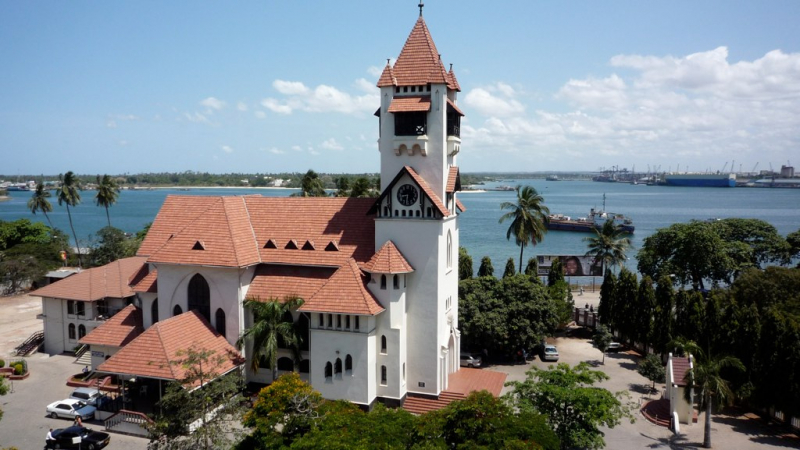
wikipedia.org 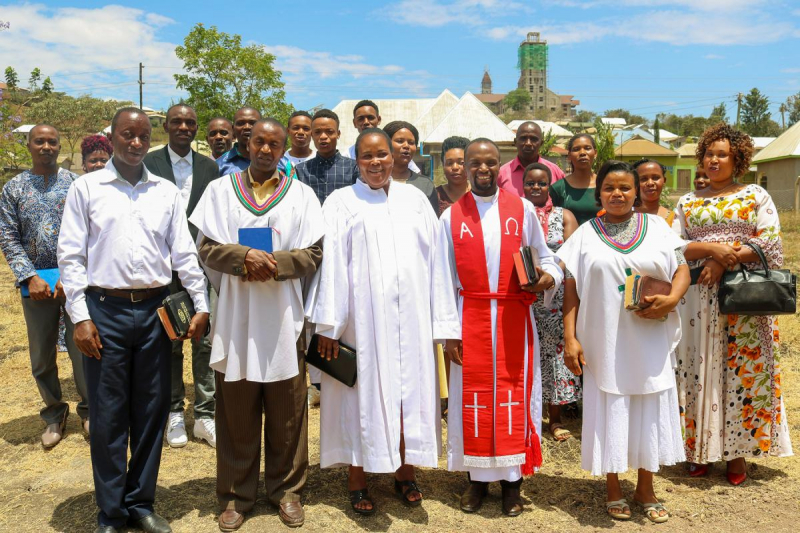
lutheranworld.org -
Another Tanzanian culture, customs, and etiquette that you must bear in mind is literature. There is little written material available in the Tanzanian local languages because these languages are primarily spoken. They largely consist of dictionaries and a few works written by missionaries or academics who are Christians. But the nation's official language, Kiswahili, has a long history. In this language, both poetry and prose have been published.
Even before the colonial era, developed poetry in Swahili—the most widely spoken language in eastern Africa—which later became the national language of Tanzania—appeared, inspired by Arabic poetry. Shaaban Robert, who began writing in the 1940s, is thought to be Tanganyika's best-known novelist. He primarily wrote poems, some of which are included in "Diamonds of Africa" (1960), which Robert himself translated into Swahili. The East African-born poet and writer Muhammed Said Abdulla were one of the first to characterize contemporary Tanzania in Swahili. Despite a significant increase in Swahili prose creation during the 1960s, virtually little of it has been translated into Western languages. The same is true of the drama, in which Ebrahim Hussein plays a key role.
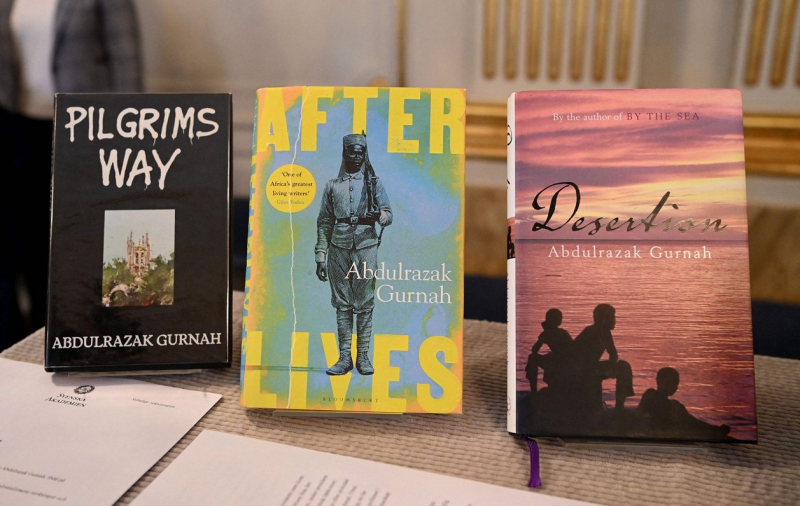
baltics.news 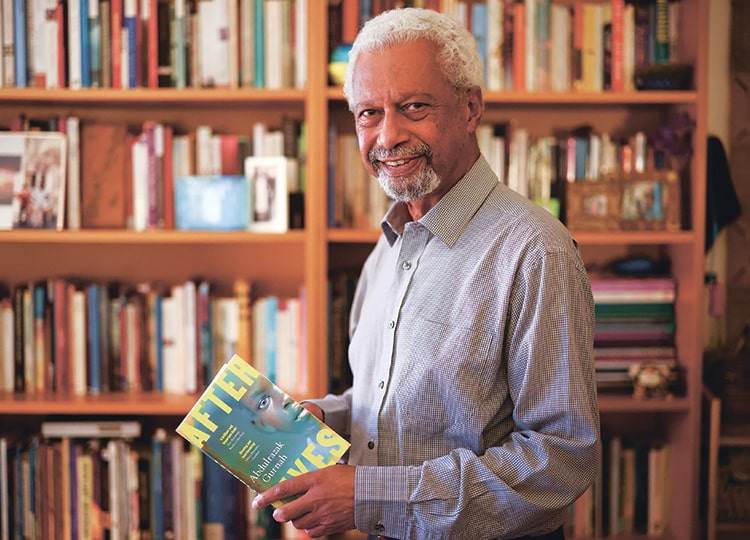
alpha.japantimes.co.jp -
The traditional architecture of the Tanzania resembles that of the Arabian Peninsula. The homes have a courtyard and are constructed of coral stone on multiple floors. Due to the humid atmosphere, small palm leaf houses are constructed with flat roofs so that people can still enjoy the sea air during the day. Simple cottages in the countryside inhabited by the coastal population have also been impacted by the rectangle architecture.
With crushed coral stone for reinforcement, clay is used to build walls. The roofs of the homes are made of palm leaves. In the rest of the nation, people have modified their homes to fit their lifestyles and the building supplies that are readily available. The Chaga people construct their homes in the highlands surrounding Mount Kilimanjaro in the shape of rounded beehives wrapped with banana leaves. The Gogo people build homes with thick, flat clay roofs to shield themselves from the sweltering midday sun in the parched plains surrounding Dodoma
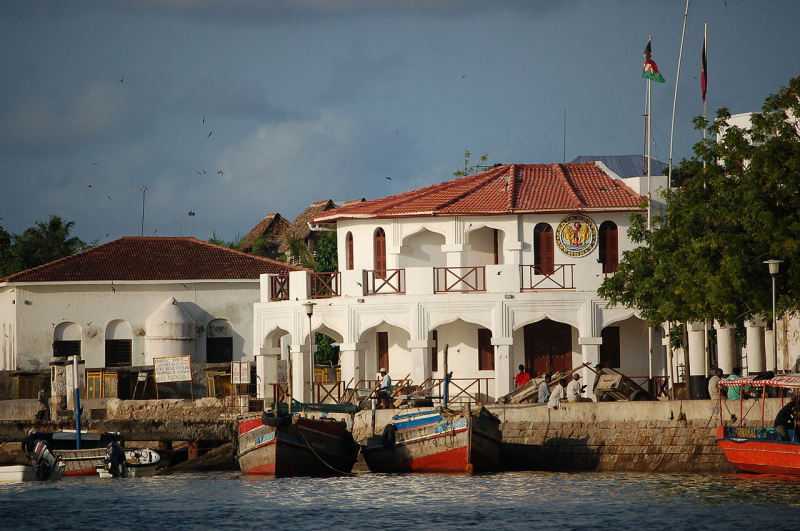
wikipedia.org 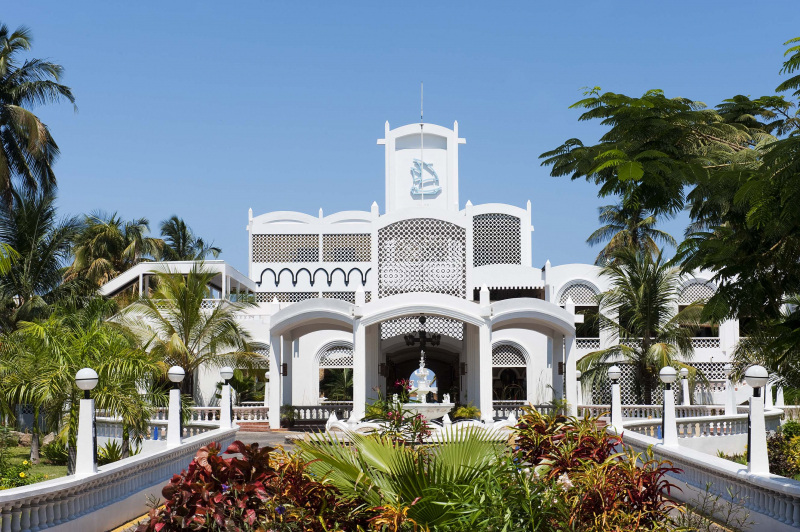
thedreamafrica.com -
Tanzanians are traditionally dressed, which reflects this. With the bulk of the population being either Christian or Muslim, they are highly religious. Tanzanians appreciate modesty in clothing as well, and this is seen in the way they dress. Kanga, a rectangular cotton textile manufactured from cotton, is the primary traditional dress for women in Tanzania. Kanga is a local product made in Tanzania and Kenya with printed designs and inscriptions. They divide the kanga in half, securing one half around their head and shoulders and the other half around their waist like a skirt. Female kanga is more than simply clothing; it is a revered tradition that allows women to express their thoughts, opinions, and values.
In Tanzania, men frequently favor less vibrant materials than women. Males in Tanzania typically wear kanzu, a robe that is either white or beige in color. Originally, silk was used to make Kanzu, but these days, polyester and other synthetic materials are utilized instead. Tanzanian men dress appropriately for official engagements by donning a kanzu, a traditional cap, and either a European-style suit jacket or a "bisht," a traditional cloak.
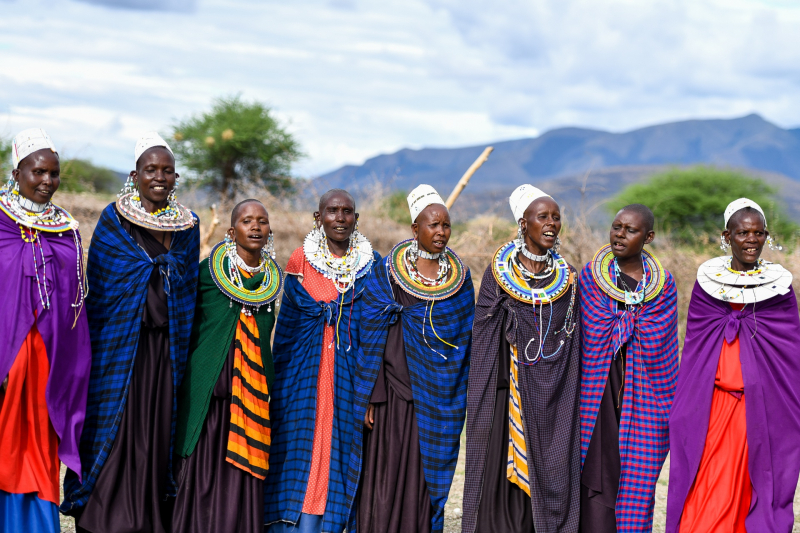
vietgiaitri.com 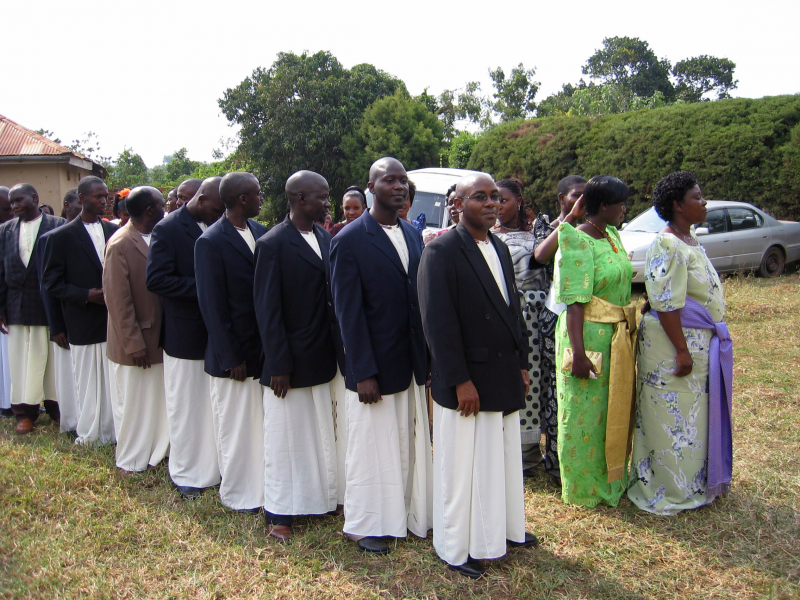
wikipedia.org -
Tanzania is renowned across the world for its wood sculpture, often known as Makonde Art. Wood carving has a long history with the Makonde tribe of Southern Tanzania and Northern Mozambique. Their carvings typically depict natural items (animals, people), but today the most famous style is "Shetani," which features devils in a variety of shapes and a family tree that symbolizes the continuity of tradition. Traditional iron tools are used for the carving, which is often done on ebony wood. The many types of depiction include realistic and abstract.
Tanzanians have more recently evolved their own unique kind of art, which consists mostly of vivid depictions of communal life, nature, evil spirits, etc. Edward Said Tingatinga, a member of the "makua" tribe in southern Tanzania, is credited with creating this style of art. Despite having no formal schooling, he managed to create incredibly unique paintings in a manner that was unheard of anyplace else in the world. He was a gifted artist. In honor of the pioneer artist who passed away in 1972 at the age of 35, this vibrant painting style that depicts Tanzanian nature and everyday life has been dubbed "Tingatinga Art" and is now well known overseas as indigenous Tanzanian art.
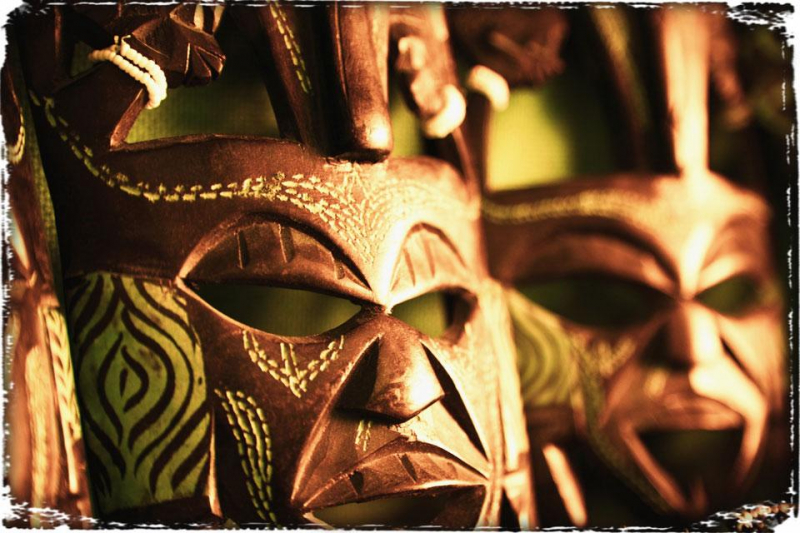
easyvoyage.co.uk 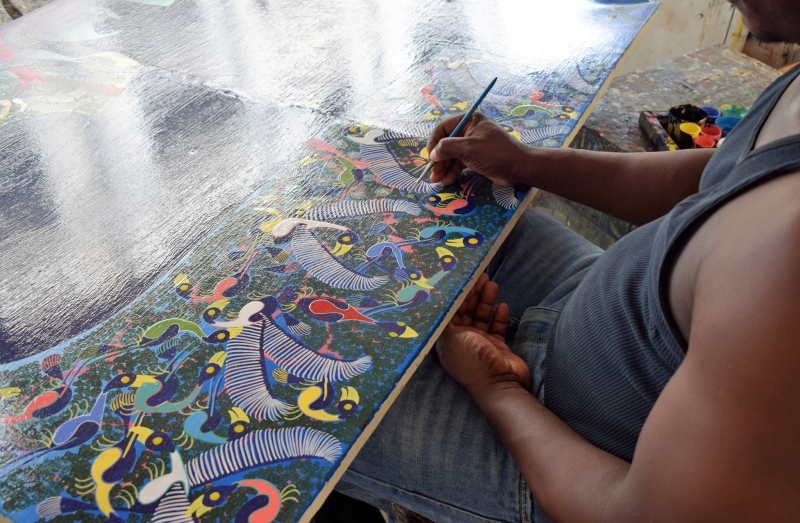
facebook.com -
Football is played frequently throughout Tanzania, with supporters of Young Africans and Simba being the two most popular teams. Even if the national team hasn't had much success, football is still the most popular sport in Tanzania. Despite making two appearances at the African Cup of Nations, in 1980 and 2019, they have yet to earn a spot in the FIFA World Cup. In both cases, they received the lowest group score.
Mostly in the military and in schools, basketball is also popular. The first person born in Tanzania to play in the NBA is Hasheem Thabeet, a player for the Oklahoma City Thunder. After hosting the ICC Cricket League Division 4 in 2008, where the national side won the competition, cricket is a sport that is fast gaining popularity in Tanzania. Tanzanians play a small amount of rugby. Tanzania, which was formerly a member of the East Africa team but was split off, now has a national squad.

africanleadershipmagazine.co.uk 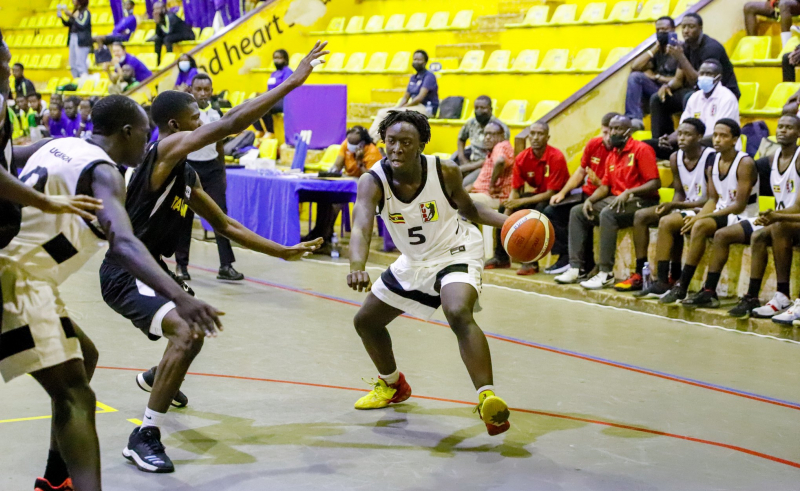
somjournal.com -
The United Republic of Tanzania is an African cultural mashup. It is a multicultural nation made up of over 120 different tribes in addition to Christians and Muslims. There will undoubtedly be numerous large-scale cultural festivities held throughout the year when there are so many diverse civilizations present in a single country. Tanzanian festivals are designed to be joyfully commemorated, and these celebrations are gleefully carried out across Zanzibar, Serengeti, and Kilimanjaro with content and elegance. They may be devoted to food, music, art and crafts, dancing, or sports.
Zanzibar hosts the Shirazi (Persian) New Year's celebration known as "Mwaka Kogwa". It is the oldest festival in Tanzania and among the Tanzanian culture, customs, and etiquette. All the participating males in a play fight beat each other to let out their aggression from the previous year in order to bring good luck in the new year. The village women chant old songs about joy, love, and family while performing this in their finest attire. The mganga (traditional healer) then sets a cottage on fire and reads the direction the smoke is coming from to predict the prosperity of the village for the coming year. Like other festivities, there is a sizable feast at the conclusion, which is a symbol of joy and good fortune.
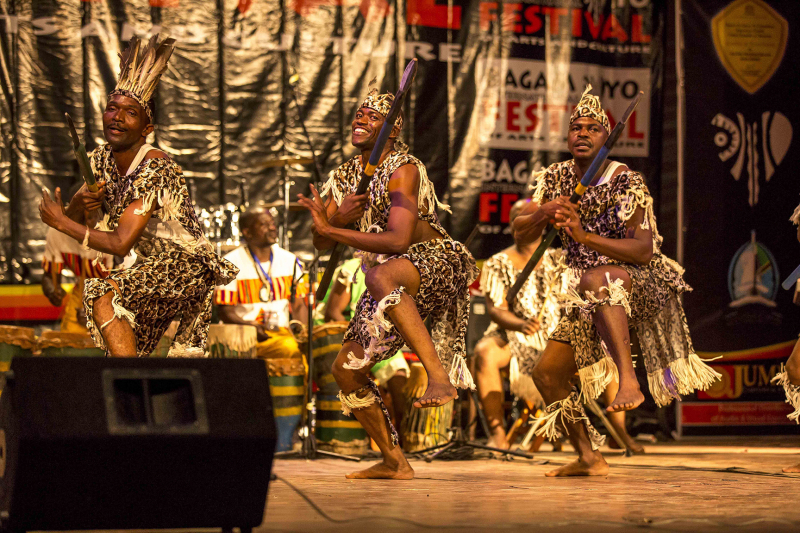
seeafricatoday.com 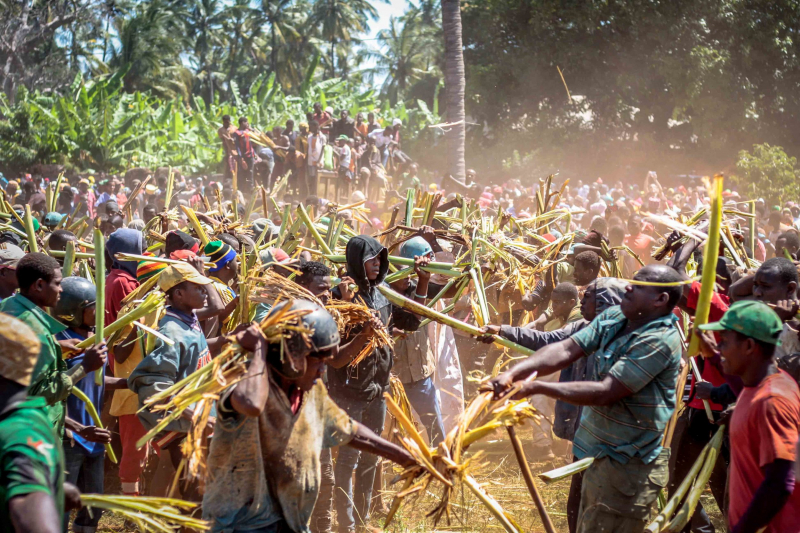
face2faceafrica.com -
Traditional Tanzanian society typically has clearly defined roles for men and women, particularly in rural areas. These conventional gender norms are now being questioned by a large portion of society. Even Nevertheless, with the exception of a few matrilineal tribes, males in the family are typically preferred over females when it comes to inheritance.
Each ethnic group in Tanzania has its own unique marriage practices and rites. Inter-clan unions are typically discouraged. In the majority of marriages, the groom must give the bride's family a dowry in exchange for the bride. The two families bargain over the amount of the dowry. Most Tanzanians live in extended families, particularly in rural areas. The oldest guy in the household typically serves as the family's head. Parents raise their children with the assistance of close family members, neighbors, and friends.
Tanzanians disapprove of displays of affection and emotion in public. However, boys and girls frequently interact freely in urban areas. In rural places, women typically face stiffer regulations than men. They are forbidden from smoking, talking loudly, and disobeying their spouses. Elders have a special place in society and are valued for their knowledge and experience.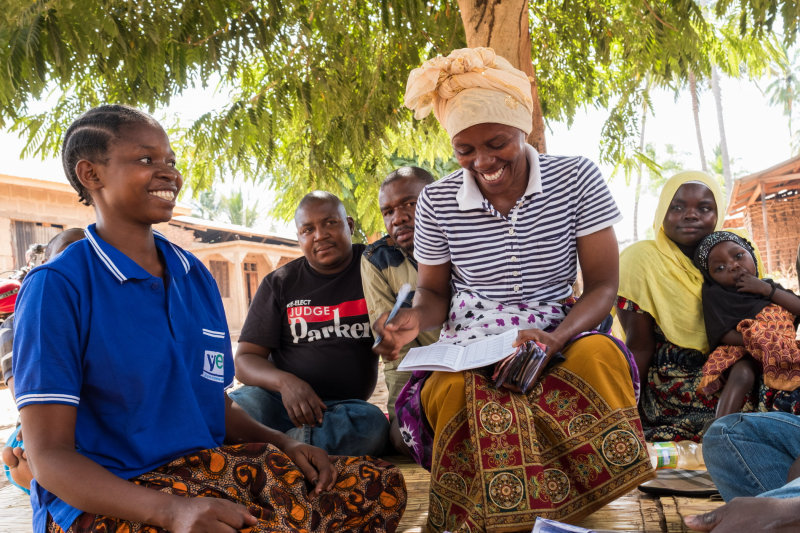
akdn.org 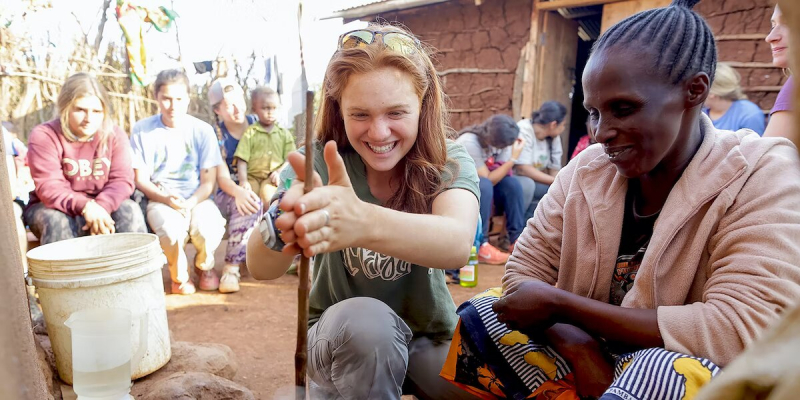
rusticpathways.com












